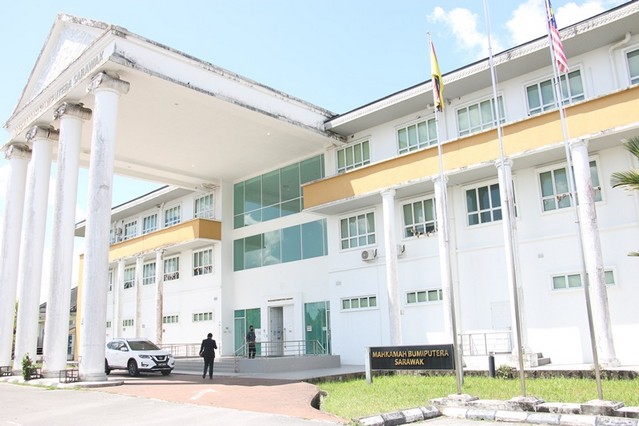The origin of the Native Court of Sarawak can be traced back to 1870 when it was established by Rajah Charles Brooke.
“Native Court is among the three legal system enshrined in the federal constitution and is recognised by the government.”
“We can consider Native Court as one of the oldest establishments of government institution in Sarawak,” said Chief Registrar of Native Courts of Sarawak, Datu Michael Dawi Alli during an interview with RAKAN Sarawak.
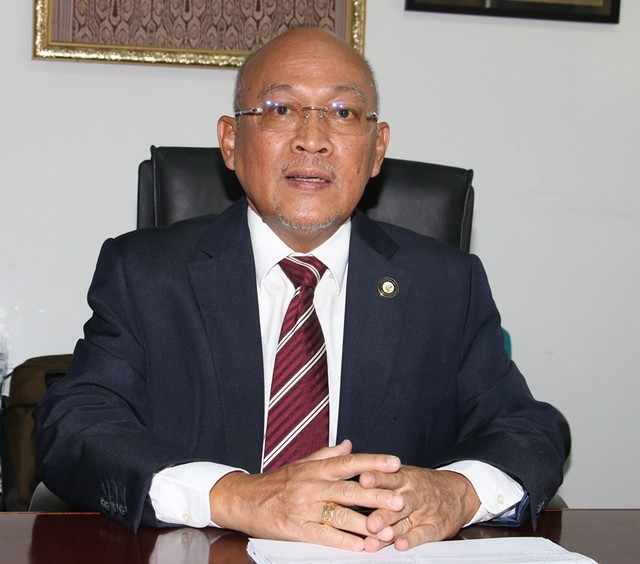
Under the Constitutional Ordinance of 1946, native is defined as a race declared to be indigenous to Sarawak.
These were the people whose lives, belief, customs and usages were intertwined with their land, territories, and environment.
They lived, and depended completely upon the land for sustenance, governed by their Adat, custom and usages, which were formally administered through the Native Courts.
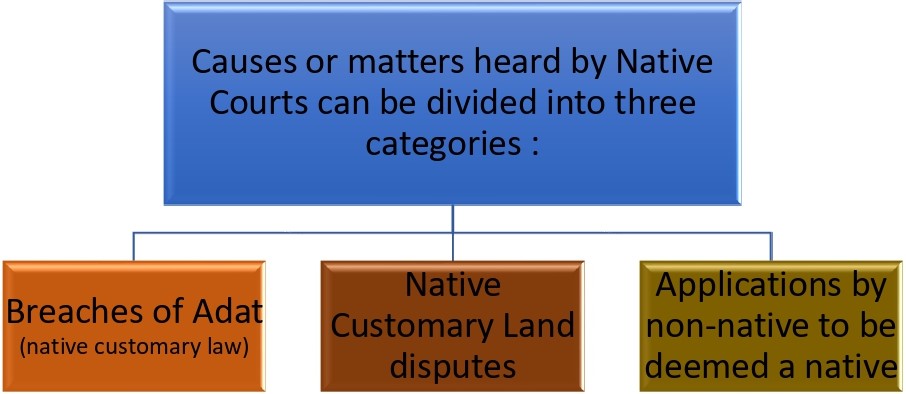
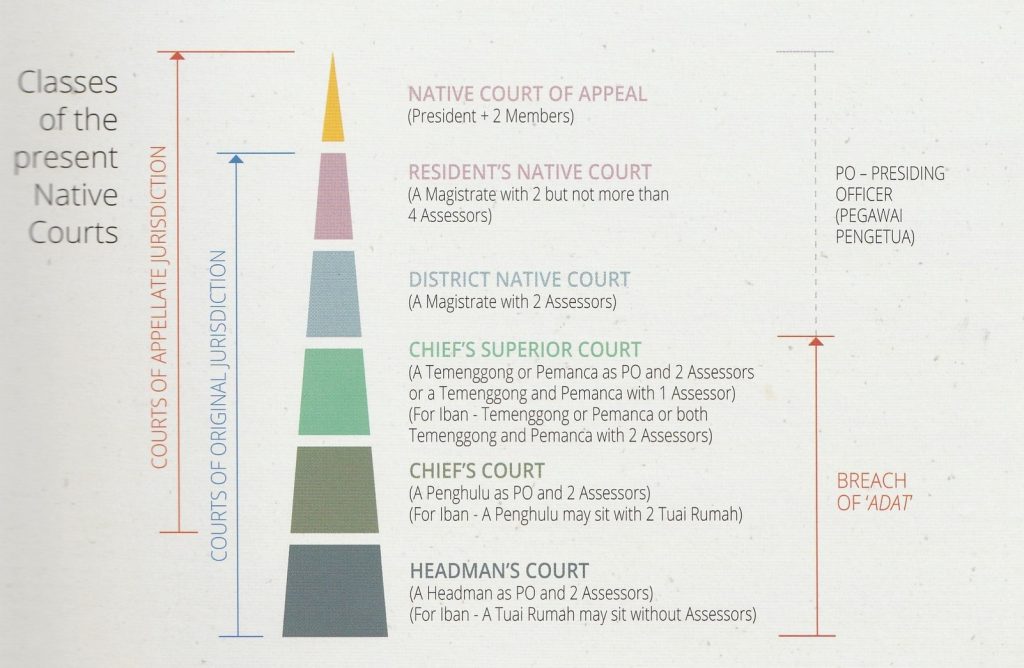
The Native Court system encompassed of six tiers.
The lower court which consists of Headman’s Court will end at the Chief’s Superior Court only involve adat and custom.
“Land dispute issue will go to goes to District Native Court, appeal to Resident Native Court and the Native Court of Appeal,” said Datu Michael adding that any cases in the six tiers can still be brought to the Native Court of Appeal for reviewing even after for one year.
The headmen play an important role in the Native Court system.
Under the Native Court Ordinance 1992, the headmen or ketua kampung has the authority to become a presiding officer and act as a judge to settle dispute among the villagers in the longhouses.
According to Datu Michael, there are currently 5, 600 native headmen (including Ketua Kampung, Maren Uma and Tuai Rumah), 12 residents, 57 presiding officers (including 12 residents and 45 district officers) in Sarawak.
“Thus, it can be considered as the biggest government institution in Sarawak,” he said adding that the Native Court also have 16 contract magistrates.
In keeping up with the social, economic, political and technological changes, the Native Court of Sarawak have submitted a study masterplan to restructure and elevate the status of the Native Court to become a full-fledged independent organisation.
According to officer in the Native Court Dahim Nandot who was also present during the interview said that this is so that the Native Court to be in-par to the Civil and Syariah Court.
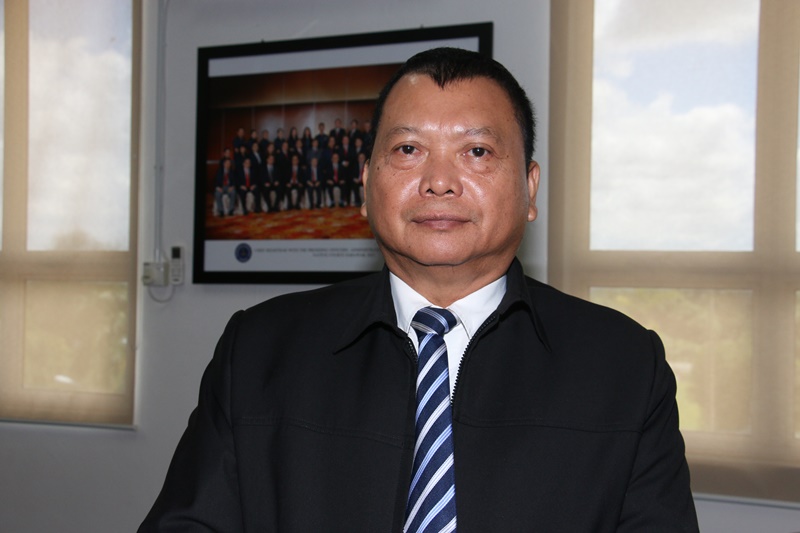
On 12 March 2020, the State Government through the Native Courts of Sarawak signed an agreement with the E-Factor Sdn Bhd to conduct a study and formulate a master plan for the enhancement of the Native Courts of Sarawak relevance and status.
The findings from the study would aid in the restructuring of the Native Courts of Sarawak existing organisational set up as well as institutional capabilities.
“Among the recommendations by the consultant is to go professional, meaning to say that all those manning the courts will be legally trained just as those in the Civil and Syariah Court,” said Dahim.
Noting that not everyone has the background and knowledge on law, Datu Michael said that among the recommendation of the study is to have the role of the headmen including Ketua Kampung, Pemancha, Penghulu and Temmenggong to be enhanced.
“So, based on the premise of adat that started the Native Court, we should not isolate the adat from the people who knows it,” he said adding that their (headmen) knowledge in local adat and custom is still needed
In the study, while it is recommended the headmen will have a more enhance role as the custodian of the local adat and custom under the administration.
“They will be able to carry their task to oversee the adat and custom being followed by the community and whoever breached their adat, the Tuai rumah and Penghulu can still have the authority to give punishment for minor breach of adat,”
“That is our proposal. And perhaps we can call the Penghulu, Pemancha and Temenggong as the council of elders. When the court would like to get their expert on the adat, they may be called by the court as expert witness to assist the higher court (Court of Appeal and Supreme Court) as and when necessary,” said Datu Michael.
The study has been completed in February this year, and was submitted to the State Government in March for reviewing.
At the time of writing, it was informed that the Native Court is still waiting for the State Government to review the recommendations under the study.
“If we do not upgrade the Native Court, we will be at the mercy of those who do not know our adat and customs well,” said Datu Michael.
